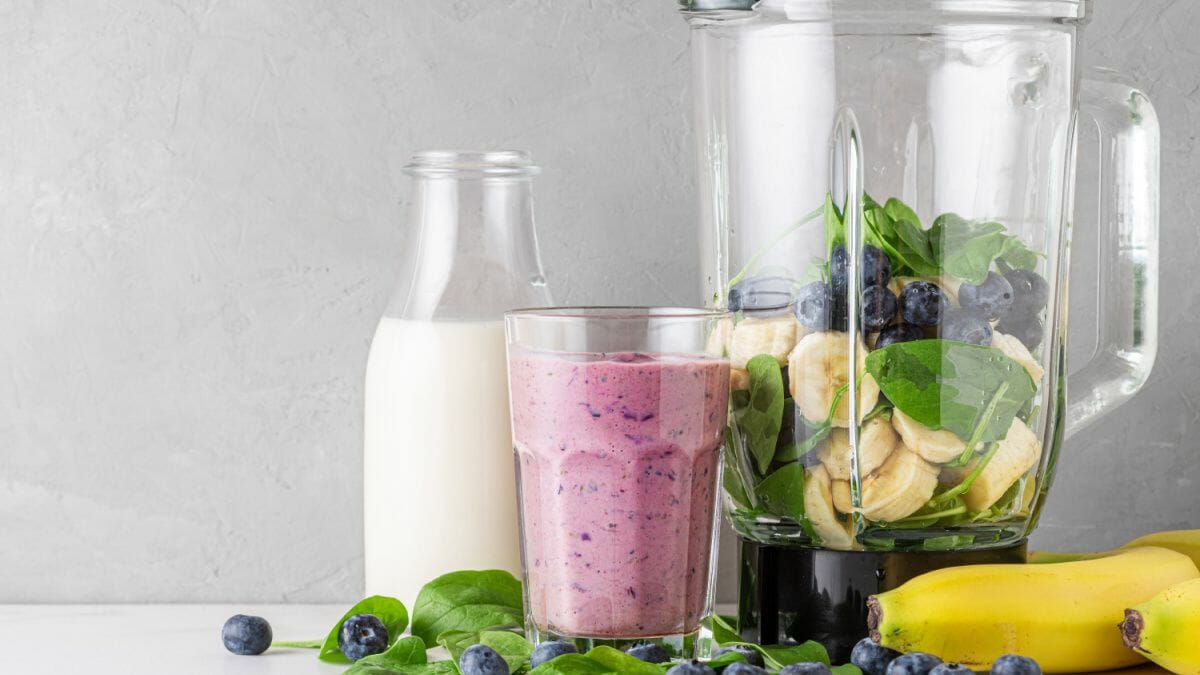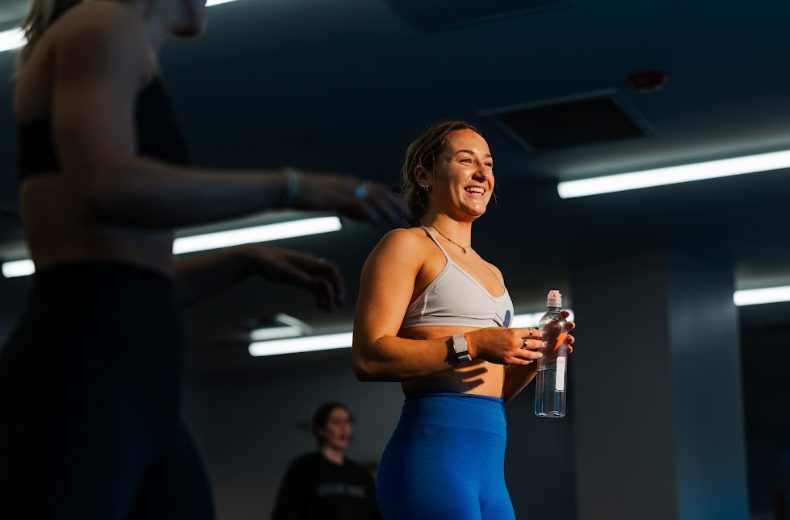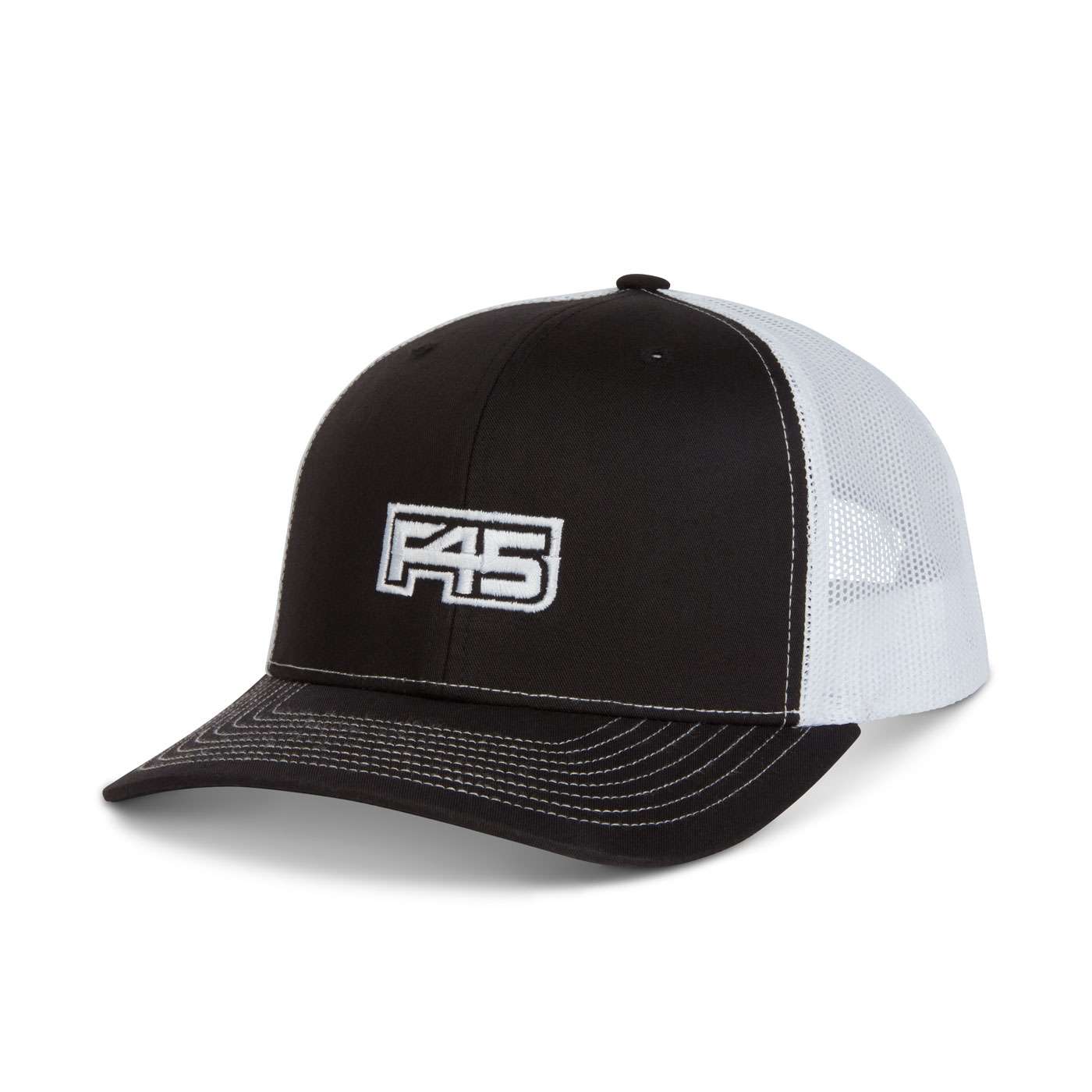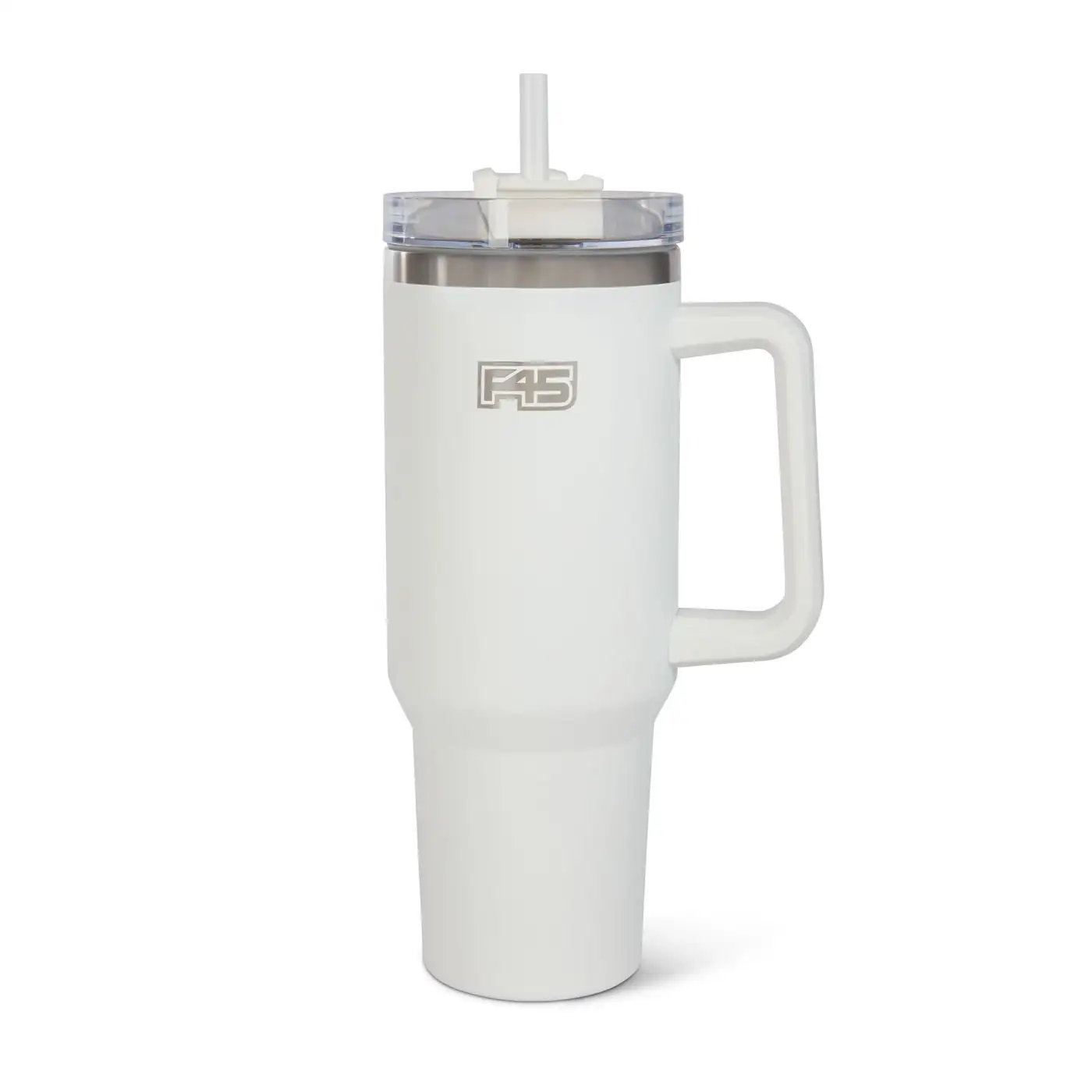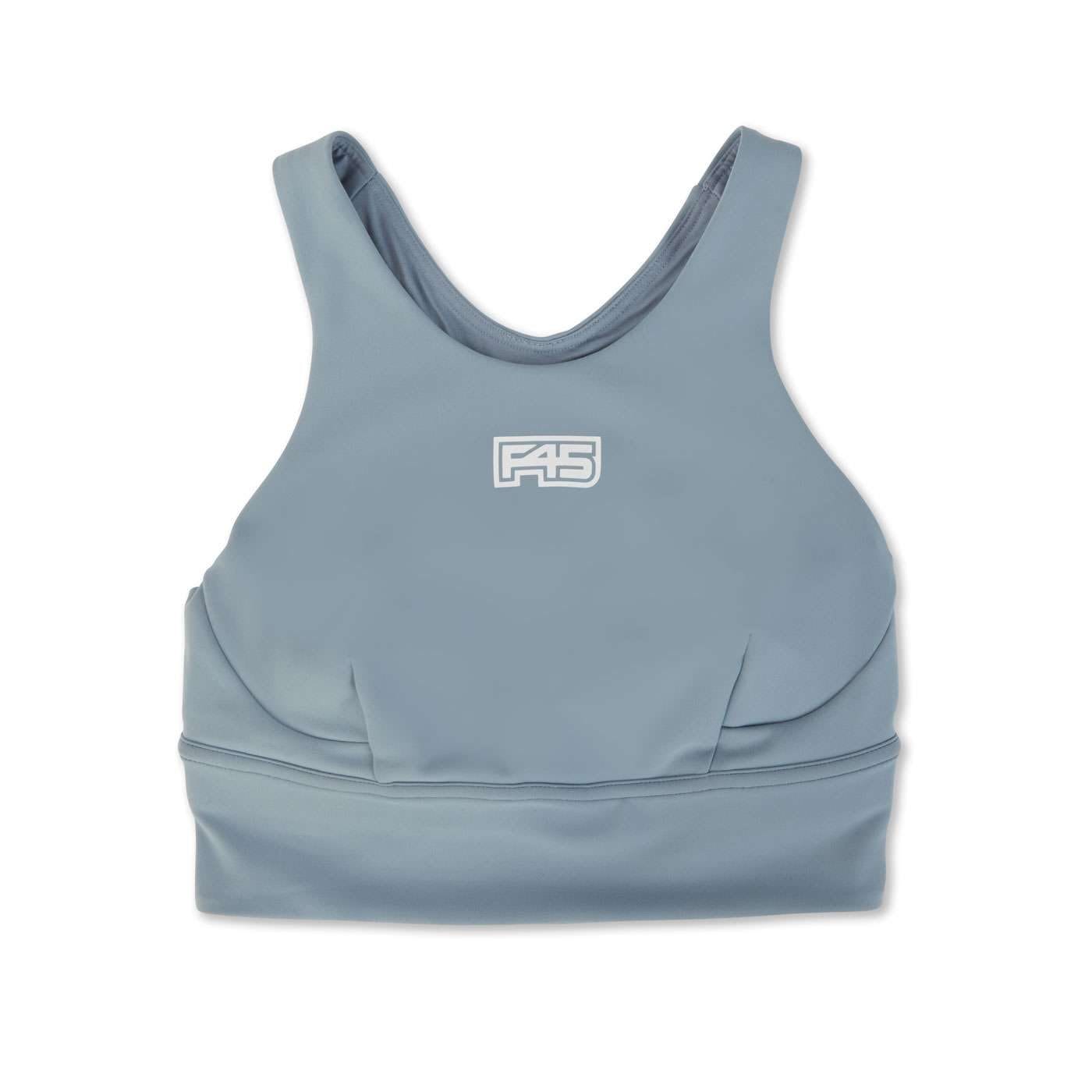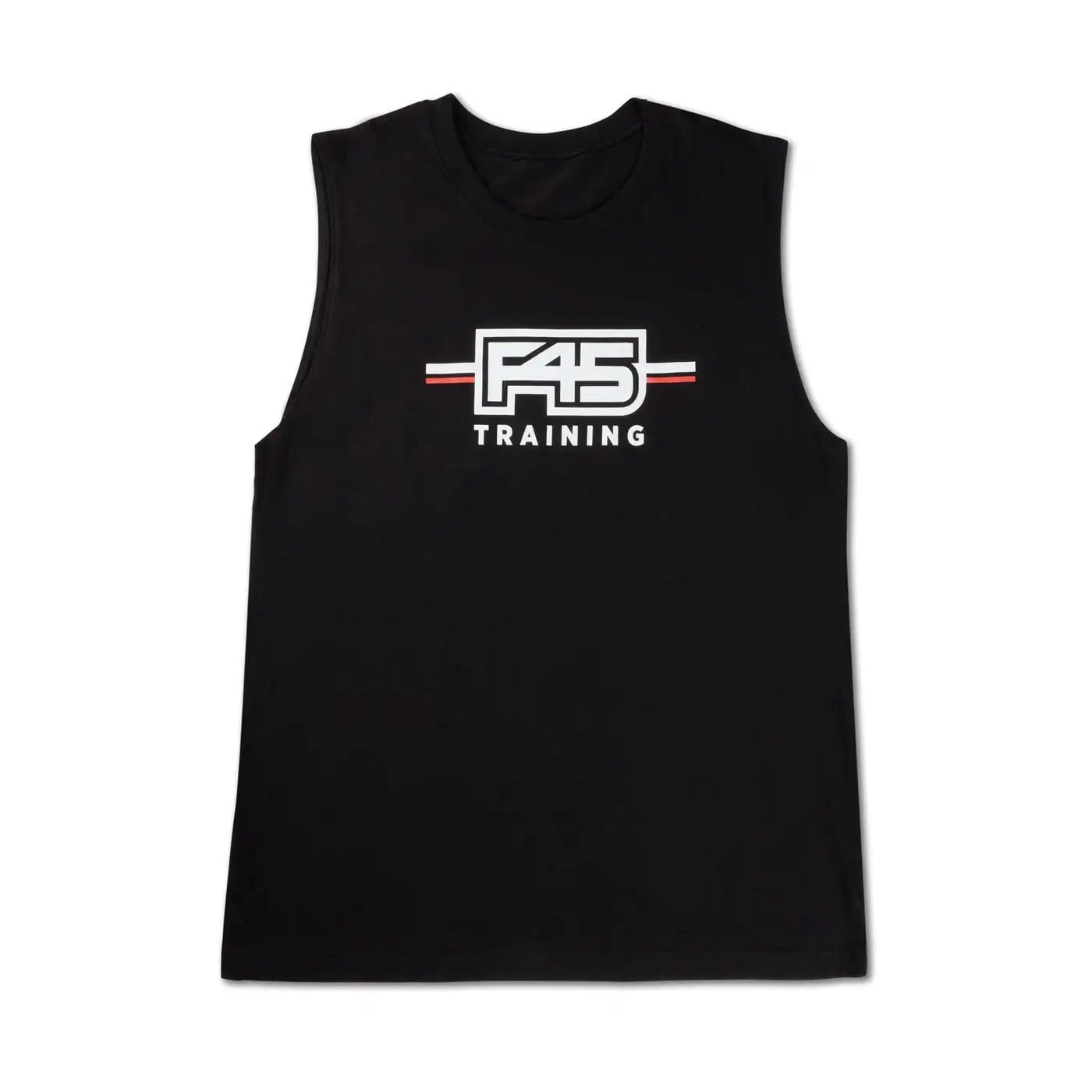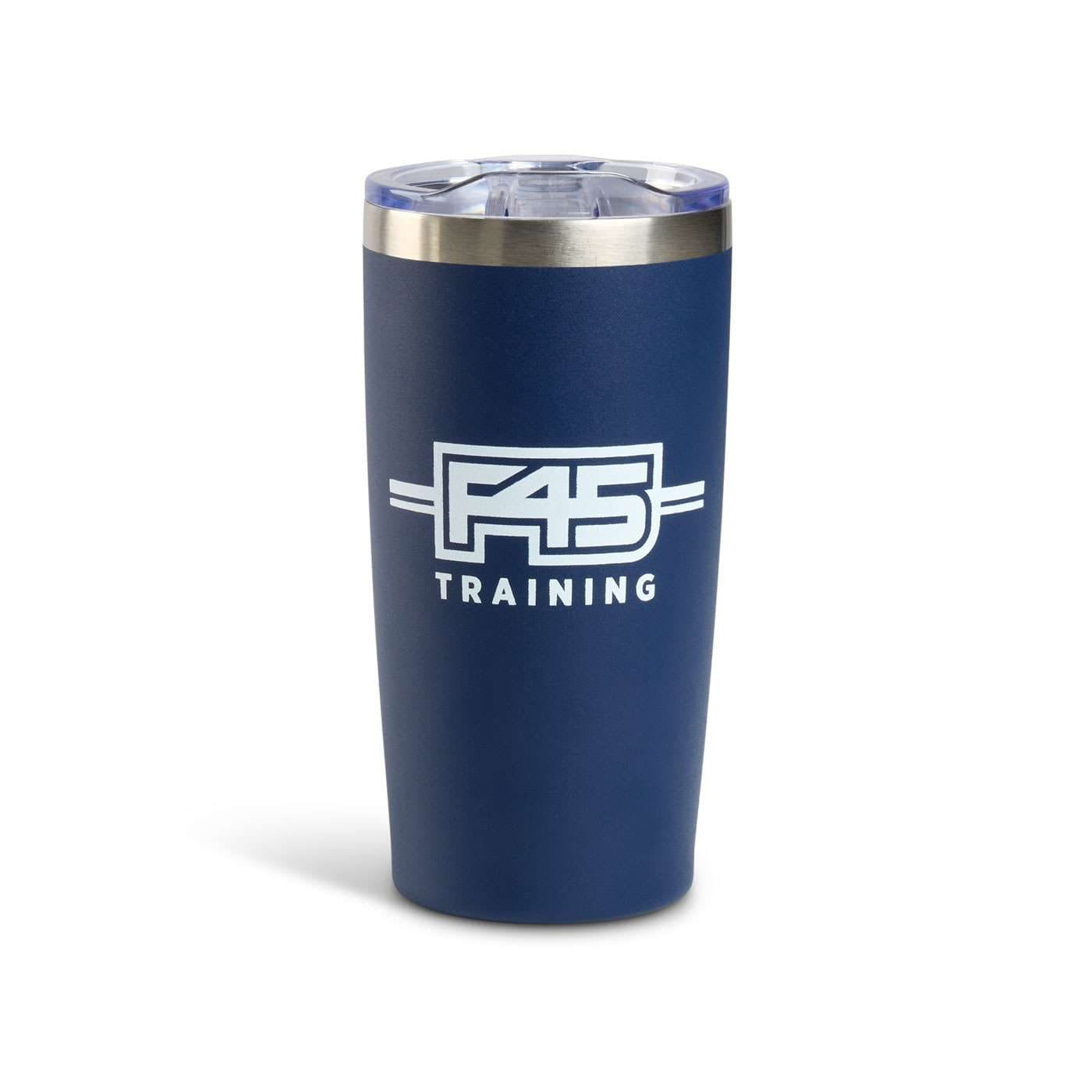Protein does much more than help us build muscles and power our workouts, it’s fuel for our lives. To give your meals an added protein boost throughout the challenge, we recommend adding in more whenever possible. Here are a few of our trusty protein swaps to inspire you:
Higher protein breakfast swaps:
-
- Eggs: Swapping out cereal for eggs a couple of times a week when you have more time can increase protein and offer a chance to include other vegetables too.
- Fish: Including a serving of smoked salmon with toast will increase protein and omega 3 fats.
- Milk: Dairy protein offers some of the highest grams per serving, but if you swap to plant-based milks be sure there is more than 6g protein per serving and that it has been fortified with calcium and vitamin B12. Usually soy milk has the highest protein of plant based alternatives.
- Spread: Swap a nut butter for butter or cheese as a higher protein alternative.
Higher protein lunch/dinner swaps:
-
- Legumes: Swapping in multiple sources of legumes, such as combining lentils, chickpeas and broad beans diversifies the amino acid profile, making your meal more nutritionally complete.
- Tofu or tempeh: If you want a meat-free meal but still want to retain good quality protein, firm tofu or tempeh can be great substitutes. To boost protein combine with other legumes!
- Quinoa and amaranth: Swap white rice for quinoa or amaranth in any salad or otherwise rice-based dish.
Higher protein snack/dessert swaps:
-
- Yogurt: Swapping to a Greek yogurt or a protein yogurt can increase the nutritional quality of the snack.
- Cheese: Swap cheddar cheese slices for a spread of cottage cheese on your wholegrain crackers.
- Nuts and seeds: Swapping pecans for almonds, or a seed variety of pumpkin seeds, chia seeds and hemp seeds increase the protein with the added benefit of unsaturated fats.
- Tuna: Swap the afternoon sandwich for tuna on whole grain crackers with some tomato.
- Dips: Swapping high fat commercial dips for hummus increases the plant-based protein content.
When looking for protein nutrition info on a product, check out the food label. A good source of protein is when the food contains at least 10g per serving, although the quantity (and quality) of other nutrients matter too. If a food contains a claim of ‘increased protein’, the food needs to contain 25% more protein than the original content, which still may not necessarily mean it’s a good source (again, consider other nutrients). It can be complicated, but spend some extra time researching the best nutrition, and you will reap the rewards.
